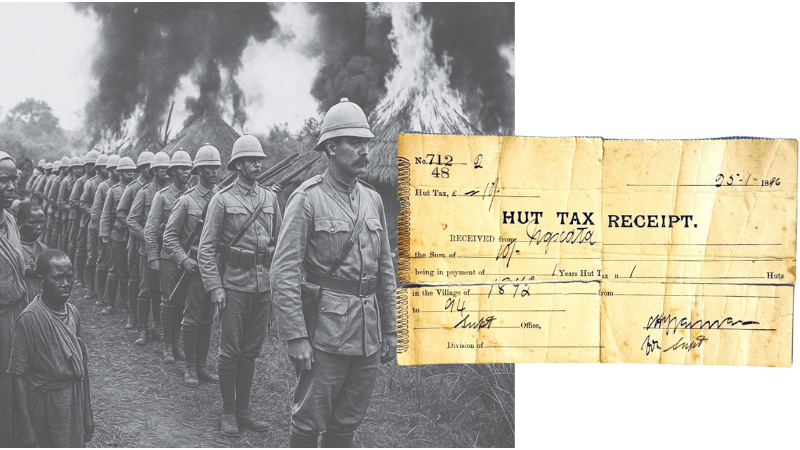Waiyaki wa Hinga (d. 1892): The First Flame of Kikuyu Resistance
Before the name Mau Mau was ever whispered, before colonial forts rose above Kikuyu ridges, there was Waiyaki wa Hinga — chief of Southern Kiambu and one of the first Kenyans to confront empire head-on. A Warning in the Highlands By the late 1880s, caravans under the Imperial British East Africa Company were pushing inland, … Read more










